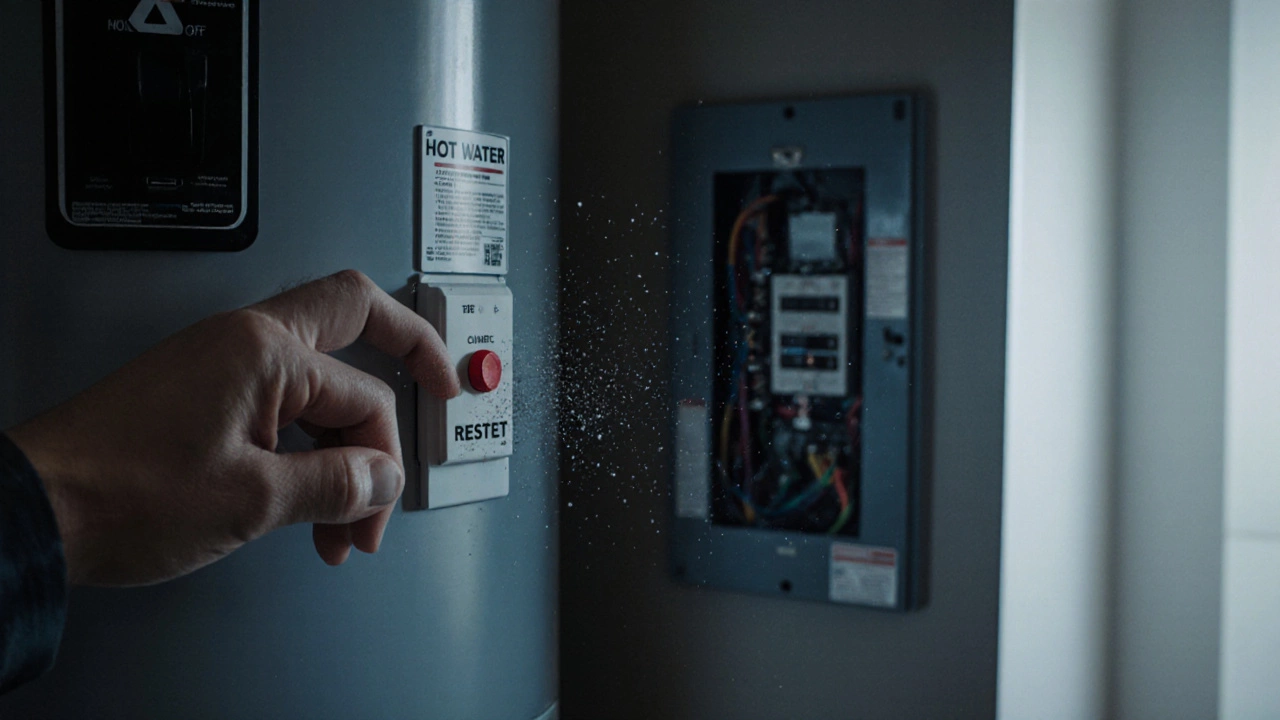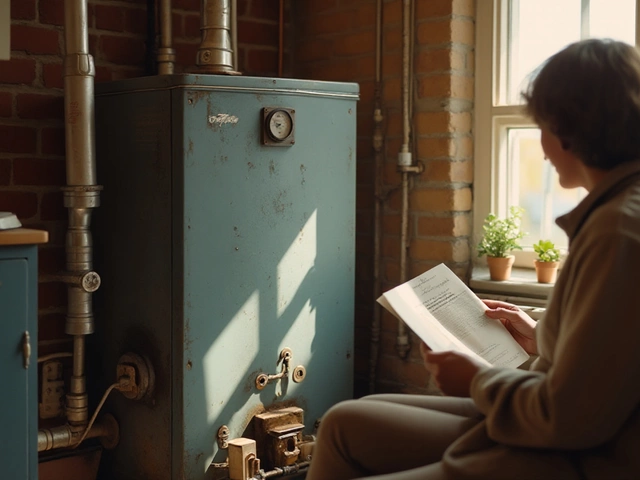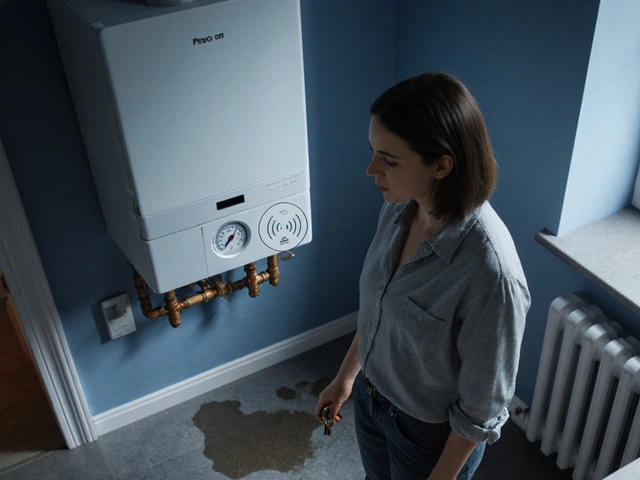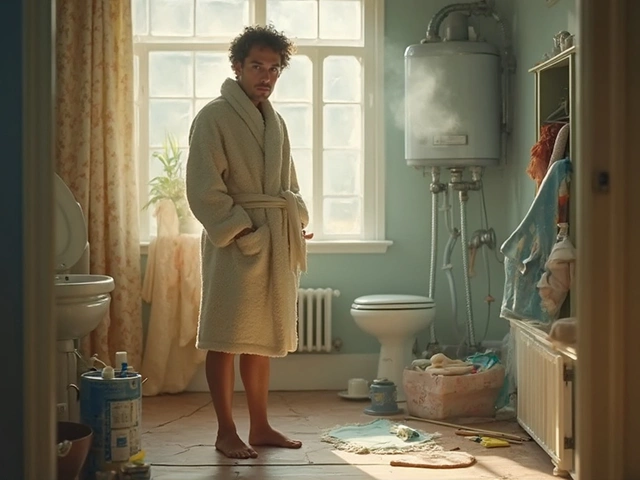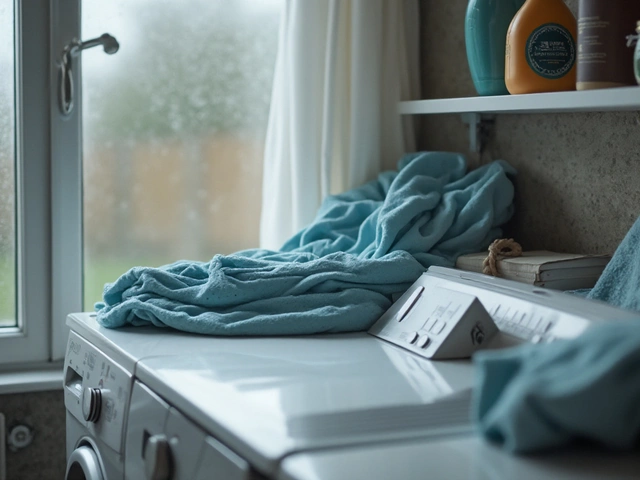Water Heater Reset Safety Checklist
Before Resetting Your Water Heater
Always follow these safety steps before resetting your electric water heater. Skipping any of these steps can cause serious injury or equipment damage.
Results
Complete the checklist above to see your safety status
240V Warning: Electricity at 240 volts can kill you. Always turn off power before touching electrical components. If you smell gas or see sparks, leave the area immediately and call emergency services.
Ever walked into your bathroom and found no hot water? You check the thermostat, it’s set to 60°C. You hear the hum of the heater, but the water stays cold. You’re tempted to hit the reset button on the water heater-right there on the side, red and tempting. But before you do, a voice in your head asks: Do you have to turn off the breaker to reset a water heater? The answer isn’t just yes or no. It’s about safety, code, and avoiding a bigger mess.
Why the Reset Button Exists
Electric water heaters have a reset button for one reason: overheating. Inside the tank, there’s a high-limit thermostat. If the main thermostat fails and lets the water boil, this backup cuts power to stop a dangerous situation. It’s a safety feature, not a fix. Pressing it just restores power after the system cools down. It doesn’t fix the broken thermostat. If the button pops again in a few hours, you’ve got a deeper problem.When You Must Turn Off the Breaker
You absolutely must turn off the breaker before touching the reset button if:- You’re replacing the thermostat or heating element
- You’re inspecting the wiring inside the access panel
- You’ve smelled burning plastic or seen scorch marks
- The reset button won’t stay pushed in
What Happens If You Don’t Turn Off the Breaker?
Some people do it. They flip the reset button without turning off power. They get lucky. But here’s what could go wrong:- You accidentally touch a live terminal while pressing the button. One slip, and you’re in shock.
- The reset button is stuck or corroded. You pry it with a screwdriver. Sparks fly. You could start a fire inside the wall.
- You have a faulty thermostat. The moment you reset it, the element fires up again-overheating, boiling water, and possibly rupturing the tank.
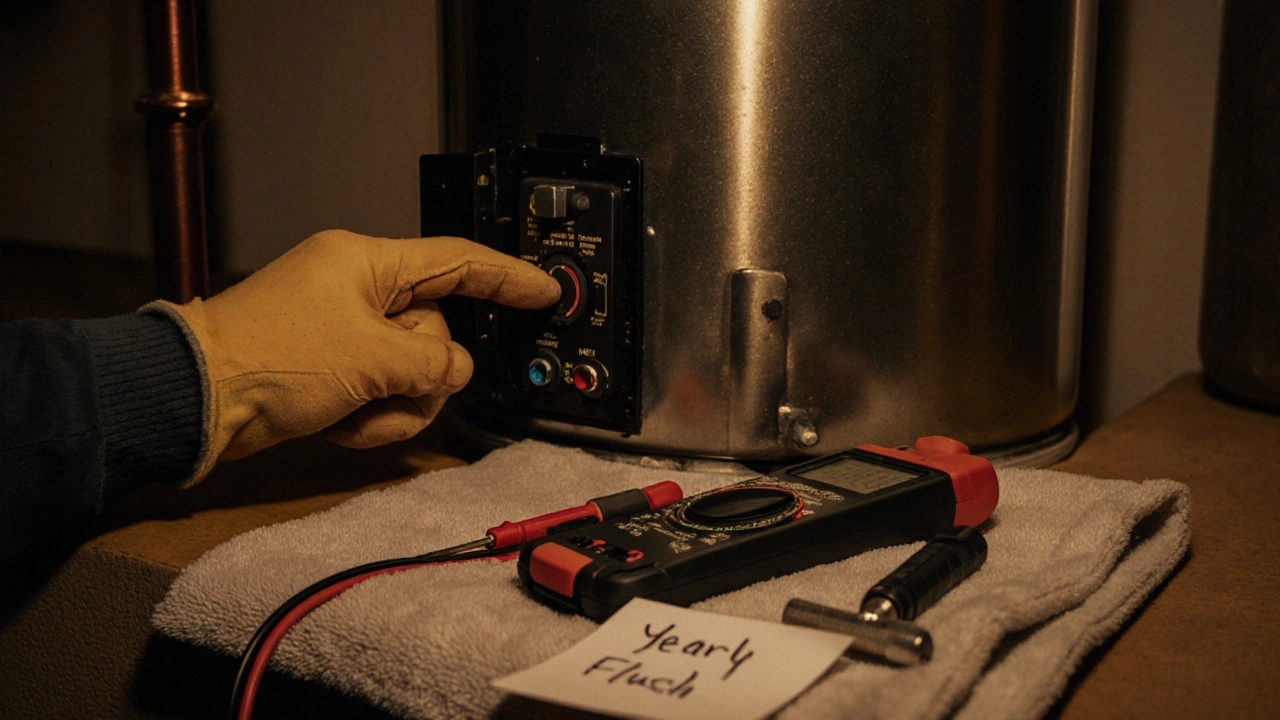
The Safe Way to Reset Your Water Heater
Here’s the simple, safe, and legal way to reset your electric water heater:- Turn off the power at the circuit breaker. Find the right one-it’s usually labeled “Water Heater” or “Hot Water.” If it’s not labeled, turn off the main breaker.
- Wait 5 minutes. Let the tank cool. This prevents steam burns if you open the access panel.
- Remove the access panel cover. You’ll see two thermostats (top and bottom) and a red reset button between them.
- Press the reset button firmly. You should hear a click. If it doesn’t click, it’s already reset or broken.
- Replace the cover. Turn the breaker back on.
- Wait 30-60 minutes for the water to heat up. Test it.
Gas Water Heaters Are Different
If you have a gas water heater, there’s no reset button. Instead, you have a pilot light or electronic ignition. If it’s not working, the issue is usually the thermocouple, gas valve, or ignition module. Turning off the gas supply is critical before you touch anything. Never try to relight a gas heater if you smell gas. Open windows, leave the house, and call your gas provider.What to Do If Resetting Doesn’t Work
Resetting the breaker doesn’t fix everything. Here’s what else could be wrong:- Dead heating element: If the top element is dead, you’ll get cold water. If the bottom is dead, you’ll get lukewarm water that runs out fast. Test with a multimeter.
- Broken thermostat: A stuck thermostat can cause overheating or no heat. Both need replacement.
- Mineral buildup: In hard water areas like Adelaide, sediment coats the bottom element. It insulates it, so it overheats and burns out. Flushing the tank yearly helps.
- Wiring fault: Corroded wires, loose connections, or rodent damage can interrupt power. Only a licensed electrician should check this.
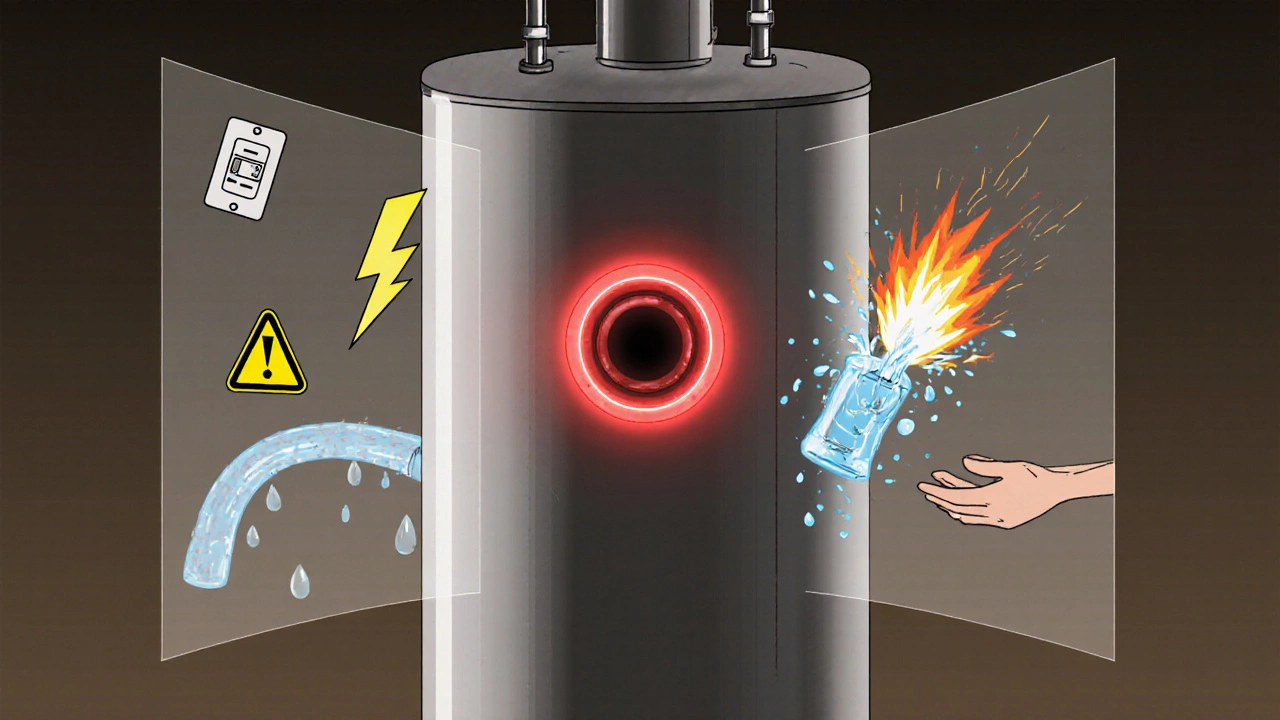
Prevention Tips
Avoid frequent resets by doing this:- Flush your tank every 12 months. Drain 2-3 gallons from the bottom valve to remove sediment.
- Set the thermostat to 60°C. Higher settings wear out elements faster and increase scalding risk.
- Install a water softener if you have hard water. It cuts mineral buildup by up to 70%.
- Check the anode rod every 3 years. If it’s eaten down to half its size, replace it. It protects the tank from rust.
When to Call a Professional
You don’t need to be an electrician to reset a water heater. But you do need to know when to stop. Call a licensed professional if:- The reset button won’t stay in
- You hear popping, hissing, or banging from the tank
- Water is leaking from the tank or valves
- You smell gas (for gas heaters)
- You’re not comfortable working with electricity
Final Thought: Safety First, Always
The reset button isn’t a magic fix. It’s a warning light. If your water heater keeps tripping, it’s telling you something’s wrong. Turning off the breaker isn’t an extra step-it’s the only step that keeps you alive. Whether you’re in Adelaide, Brisbane, or Perth, the rules don’t change. Electricity doesn’t care where you live. It just wants to kill you if you’re careless.Flip the switch. Take the 30 seconds. Stay safe. Your hot water will come back-and you’ll still be around to enjoy it.
Do I need to turn off the breaker to reset my water heater?
Yes, you should always turn off the breaker before resetting an electric water heater. Even though the heater may not be heating, the internal wiring is still live at 240 volts. Turning off the power eliminates the risk of electric shock, especially when accessing the thermostat panel. It’s also required by Australian electrical safety standards.
What happens if I reset the water heater without turning off the power?
You risk electric shock, especially if your hands are wet or you touch a live terminal while pressing the reset button. You could also cause a short circuit if the button is stuck or corroded, leading to sparks or even a fire inside the wall. Repeatedly resetting without fixing the root cause can damage the heating elements or thermostat, leading to a full system failure.
Why does the reset button keep tripping?
If the reset button trips repeatedly, it means the water heater is overheating. This is usually caused by a faulty thermostat, a failing heating element, or heavy mineral buildup coating the element. The high-limit thermostat is doing its job by cutting power to prevent a dangerous situation. Resetting it won’t fix the problem-you need to replace the faulty part.
Can I reset a gas water heater the same way?
No. Gas water heaters don’t have a reset button. If the pilot light won’t stay lit or the burner won’t ignite, the issue is usually with the thermocouple, gas valve, or electronic ignition. Never attempt to relight a gas heater if you smell gas. Turn off the gas supply, ventilate the area, and call a gas fitter immediately.
How often should I flush my water heater?
Flush your water heater at least once a year, especially in areas with hard water like Adelaide. Sediment buildup reduces efficiency, causes overheating, and shortens the life of the heating elements. Flushing removes this debris and helps the system run cooler and longer.
Is it safe to reset a water heater myself?
Yes, if you follow safety steps: turn off the breaker, wait for the tank to cool, and avoid touching internal wiring. If you’re unsure, uncomfortable, or the reset button keeps tripping, call a licensed electrician. DIY electrical work can be dangerous and may void your home insurance.

